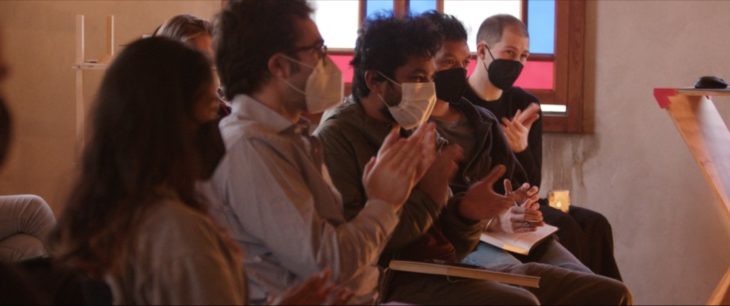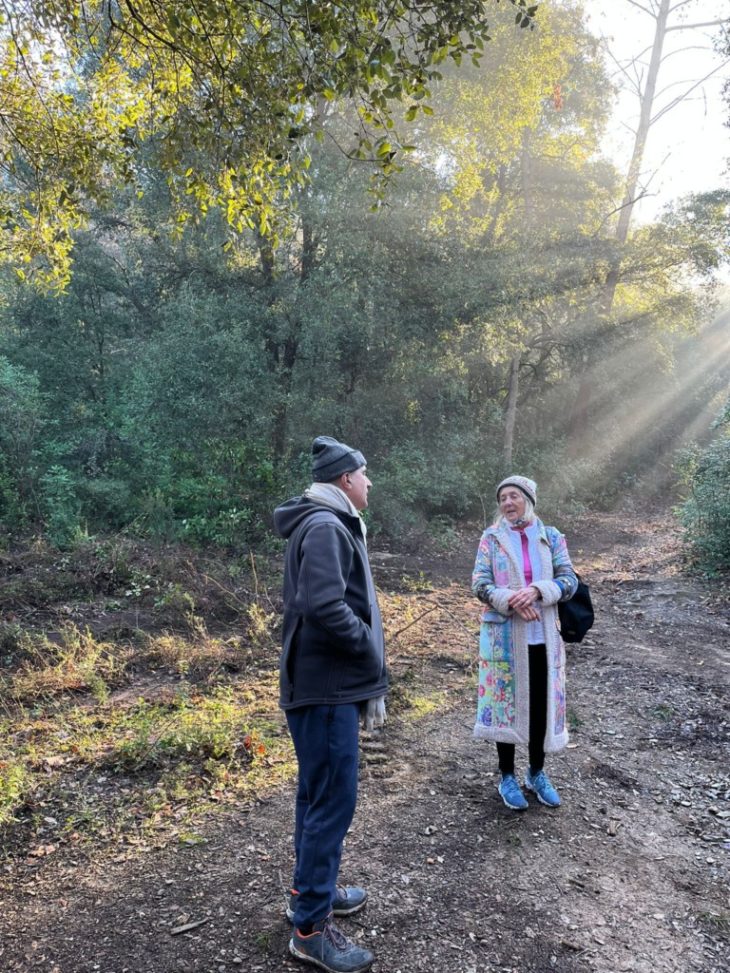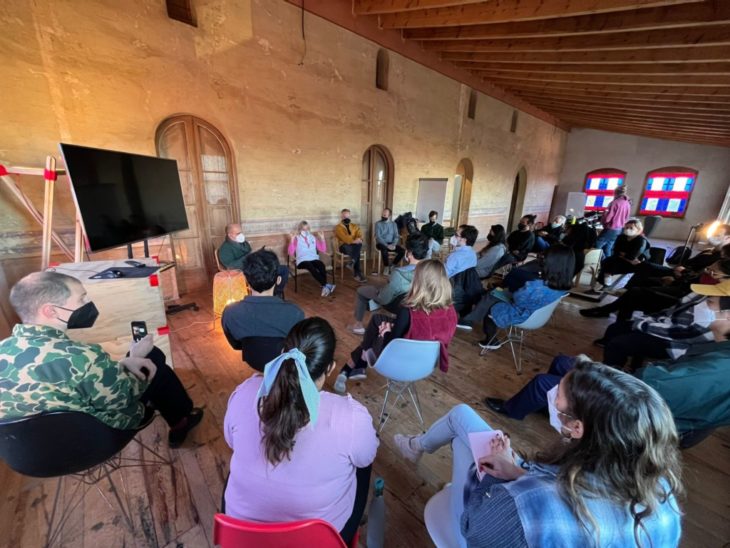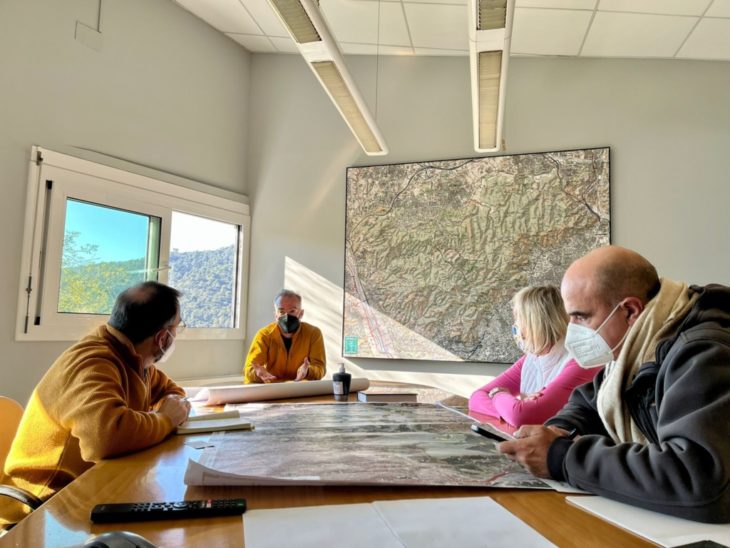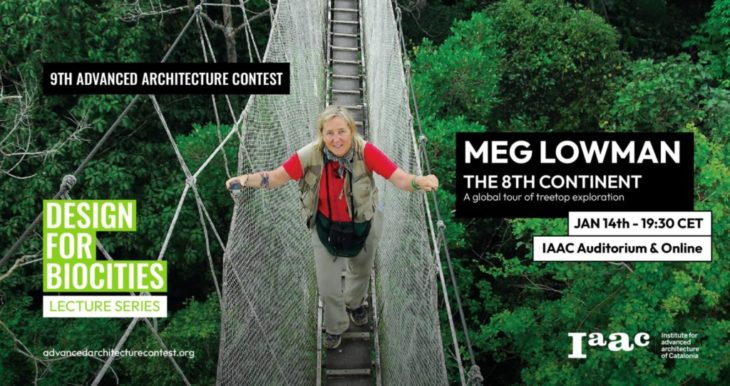
Meg Lowman returns to Valldaura Labs to offer guidance on new forestry research projects
This January, Dr.Meg Lowman, renowned canopy biologist and conservationist, paid a visit to Valldaura Labs. Lowman pioneered the science of canopy ecology. She is known as the “mother of canopy research.” For more than 30 years, she has designed hot-air balloons and walkways for treetop exploration to solve mysteries in the world’s forests, especially insect pests and ecosystem health. She works to map the canopy for biodiversity and to champion forest conservation around the world. As an advocate for conservation and sustainable forestry management, Meg has explored the unknown frontier of the 8th continent as she calls it, discovering a number of new species and interactions happening stories above the forest floor. Her inspiring work has contributed to the forestry management plan here at Valldaura Labs, encouraging those around her to dream big and start to explore the unknown world in the trees. 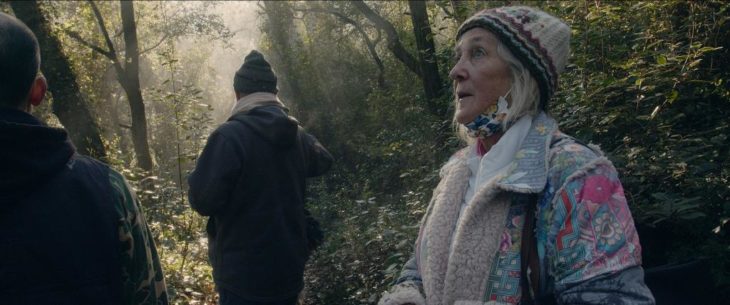
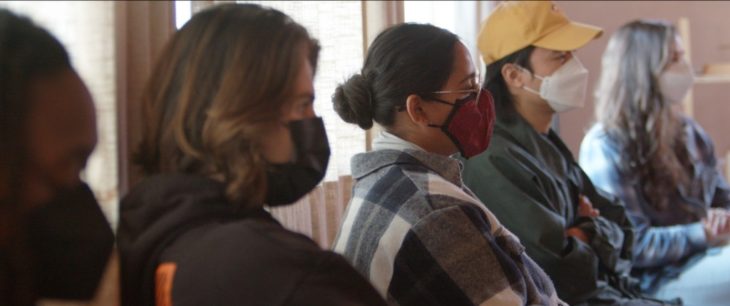
Canopy Meg has blazed the trail for both women in science and the study of the canopy layer of the forest
During her visit to Valldaura, Meg joined Director Vicente Guallart and Barcelona based entomologist Jorge Maderos on a tour of the Valldaura forest, gaining from her years of insight about the secrets within the forest. Meg was also able to advise the Valldaura team on which area of the forest might be best suited for this year’s MAEBB final thesis project. There are many aspects to consider in choosing a site, but Meg had many suggestions for how to select the best location thanks to her deep understanding of forest conservation and engagement with non-scientists. 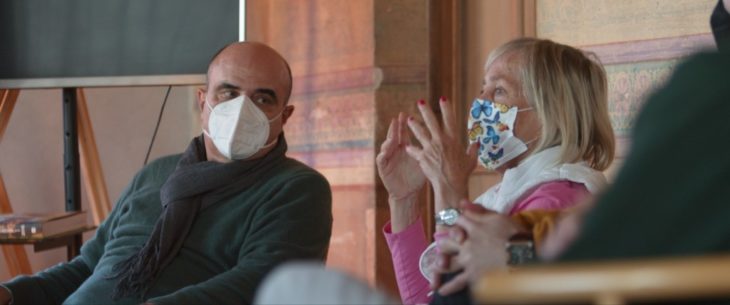
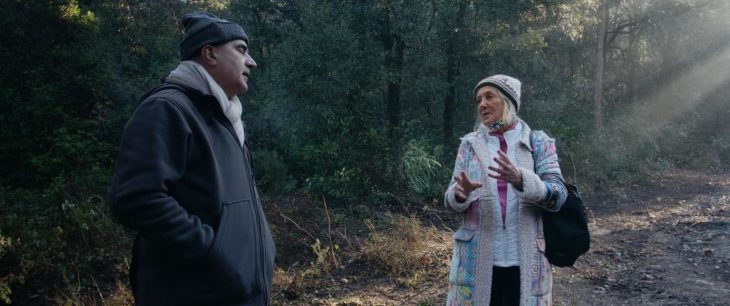
After a walk in the Valldaura Forest, MAEBB students get to learn firsthand from Dr.Lowman’s research and experiences
This year, MAEBB students have put a special focus on the forest, trying to learn from the ecosystem that surrounds the Valldaura Labs campus. After her forest tour, Meg gave the students a rousing lecture on her life as a female scientist in a male-dominated field, describing her trials and tribulations as well as phenomenal successes in the world of forest canopy biology. The main lesson was clear: science is for everyone, and the world is full of unknown species, interactions and dynamics that we as designers must explore and investigate. She encouraged students to take the lessons into their own hands and start looking to the forest as a source of inspiration as well as an object of study. 